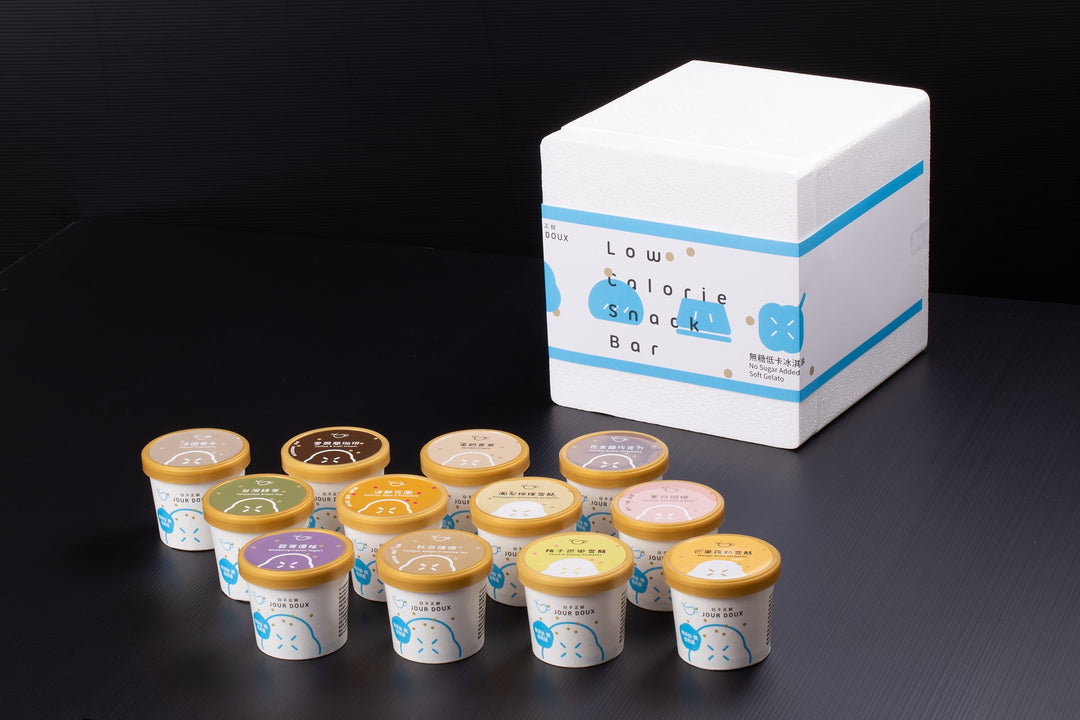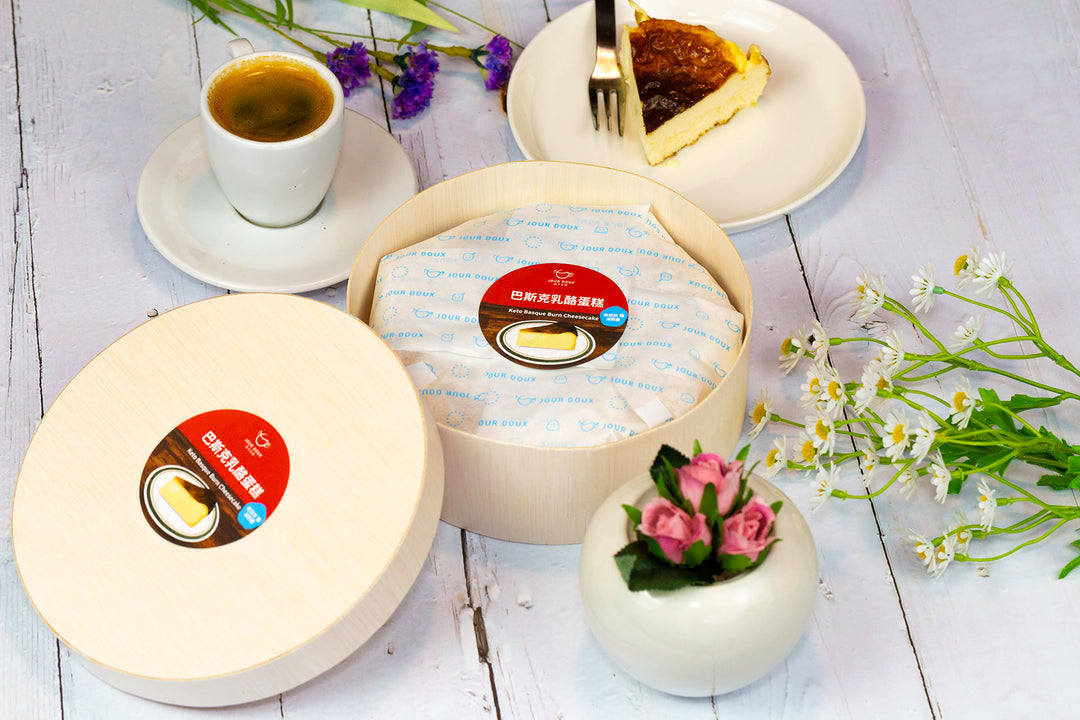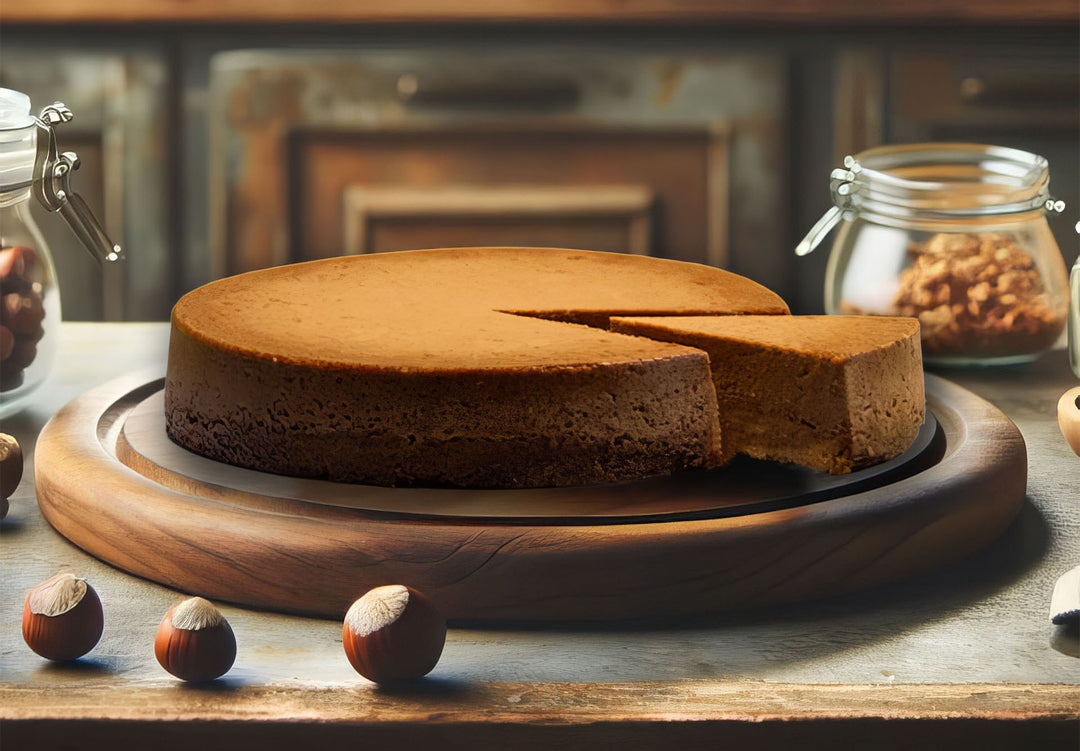The Smoke Point of Cooking Oil and Why It Matters
One of the most important indicators to consider when choosing between various types of cooking oils is their smoke point. But what is the smoke point? Why is it so important?
Everyone must have the experience of pouring oil into a pot at high temperature and seeing oily smoke rising from the pot. This is because every cooking oil, whether butter, lard, or olive oil, has a smoke point. The smoke point is defined as the temperature at which each cooking oil starts to smoke in a hot pan. Different edible oils have different smoke point temperatures.

To understand how the smoke point affects food, we must first understand how each cooking oil is manufactured and processed. Oil is traditionally extracted from nuts or seeds by mechanical crushing and pressing. If the refined oil is bottled immediately, we usually call it cold-pressed and virgin . The edible oil produced in this way can better maintain its natural taste and original color, and also contains Richer in minerals, enzymes, and other compounds, these ingredients are generally less heat-resistant and tend to spoil more easily. Therefore, cold-pressed virgin cooking oil is more suitable for dipping food and low-temperature cooking.
To produce edible oils with a higher smoke point, manufacturers use industrial-scale refining processes such as bleaching, filtration, and high-temperature extraction to remove foreign compounds other than the oil. The edible oil produced in this way is more neutral in flavor, has a longer shelf life and a higher smoke point.

When cooking with cooking oil, smoking is not necessarily bad. But when a gourmet olive oil or cream with a low smoke point starts to smoke, the temperature above the smoke point causes the fat to start breaking down, releasing free radicals and a substance called acrolein, a chemical that makes food easy to burn And produce astringency and burnt taste. Another side effect of lipolysis is bringing the disintegrated fat close to the flash point , creating additional combustible gases on burning gas stoves. Therefore, when using high-temperature cooking methods, it is best to use cooking oil with a higher smoke point.
Therefore, the higher the smoking point of cooking oil, the more flexible we can use it in more cooking methods. But even if you use cooking oil with a high smoke point, you need to pay attention to the following things. Light, heat, water and air are the enemies of cooking oil. Adding twice-cooked oil to the new oil can make the color of the cooked food darker, but adding twice-cooked oil also reduces the original smoke point temperature of the cooking oil. Therefore, the twice-cooked oil that has been used many times will become more and more likely to smoke and become unusable.

Flavorful cooking oils such as avocado, hazelnut, sesame, or walnut oils should be refrigerated if they cannot be used up quickly. Also, cooking oil should never be placed near gas stoves, regardless of the oil's smoke point temperature, as higher temperatures may cause rapid deterioration of the oil. Cooking oil should be sealed and stored in a cool, dark place. If the oil bottle is translucent, you can also consider wrapping the bottle with aluminum foil to extend the shelf life.
The following table shows the smoke points of common edible oils

Finally, let's discuss the use of cooking oil for various high-temperature cooking methods. When cooking at high temperature, it is best to use cooking oil with a smoke point higher than 250 ° C.
Grilling:
When frying meat such as steak or pork chops, the goal is to heat the meat as quickly as possible to promote browning and create a crispy texture. At this time, you should choose a neutral edible oil with a high smoke point, such as peanut, corn or salad oil, and heat it until the oil starts to smoke before adding meat and starting to fry.
Saute:
You don't need very hot oil for sautéing, as long as you keep an eye on the heat on your stove, you can use extra virgin olive oil or another cooking oil with a moderate smoking point. After heating a small amount of oil until sizzling or slightly smoking, start adding ingredients and cooking.

Fried:
It is best to use a thermometer when frying. Choose a neutral cooking oil with a high smoke point and heat it to 25 ° C above the intended frying temperature to account for the drop in temperature when adding ingredients. If using a more flavorful fat such as lard, remember that as the fried food cools, the fat will re-solidify, leaving a waxy coating in the mouth.
Quick fry:
The key to the success of a stir-fry is to lubricate the stir-fry with a thin layer of hot oil in a short amount of time, slightly charring the food to create a crispy texture. Therefore, for the best and safest results, use cooking oil with the highest smoke point, such as peanut oil or safflower oil.










